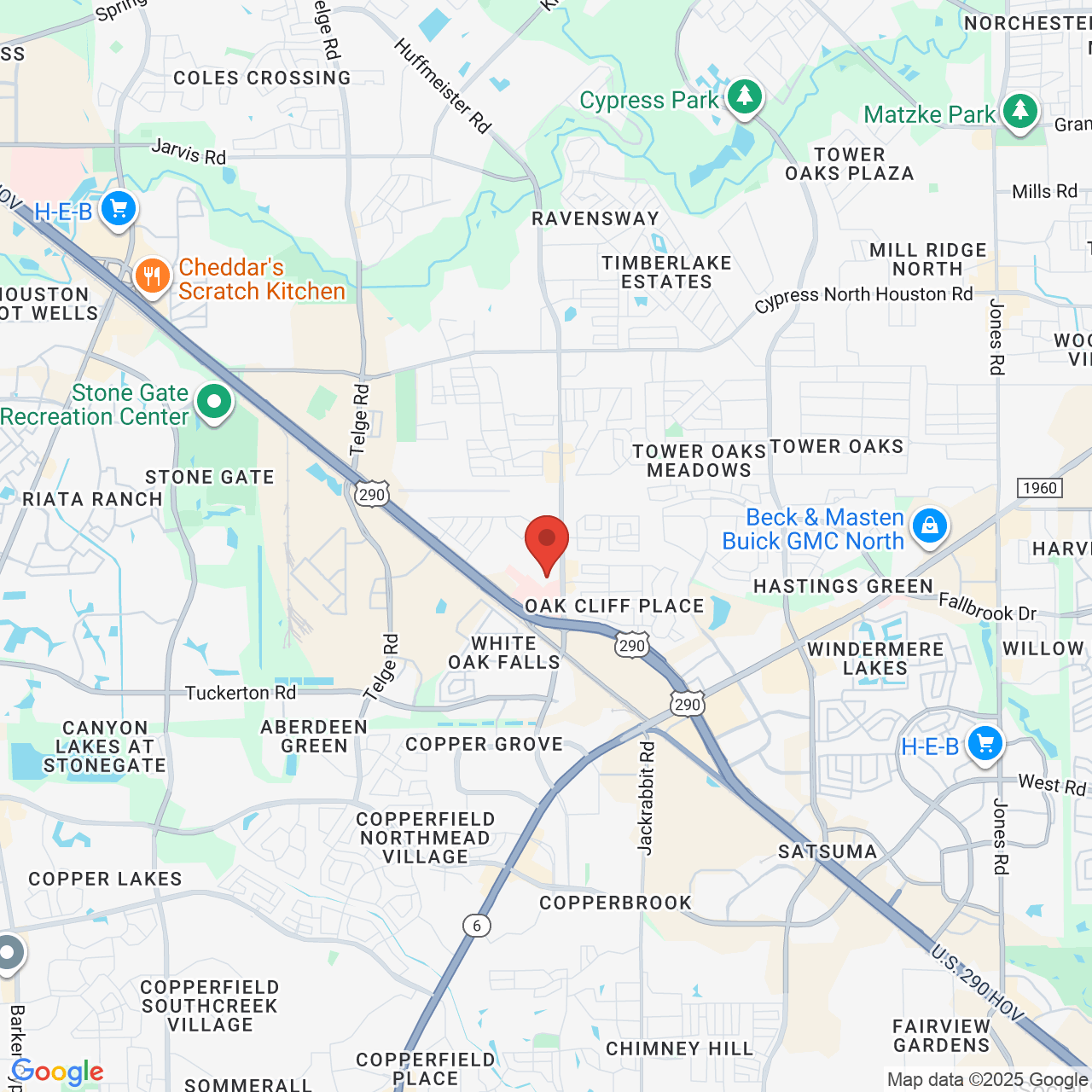Description
This animation provides a basic overview of a duodenal switch surgery. Through small incisions in the abdomen, Dr. St. Laurent can remove a portion of the stomach and re-route the small intestine. As a result, patients feel fuller faster and absorb fewer calories from each meal.
View transcript
To gain access to the abdominal cavity, small incisions are created on the abdomen. Trocars, which serve as passageways for the surgical instruments, are placed into the incisions. The surgical instruments are passed through the trocars to gain access to the abdominal cavity. The surgeon examines the abdominal cavity using a laparoscope or video camera. The average human stomach can expand to hold approximately one to one and a half liters of food.
During a duodenal switch, a thin vertical sleeve is created by using a stapling device. This sleeve will typically hold between 50 and 150cc, or is about the size of a small banana. The excised portion of the stomach is removed, alternating the anatomy of the gastrointestinal tract and changes the signals in the body which results in decrease hunger and an increase feeling of fullness after meals.
The first part of the small intestine is then divided just beyond the stomach. Further down the small intestine is then separated into two sections. The lower portion of the small intestine is attached just distal to the newly created stomach pouch. This allows food to pass from the stomach into the small intestines where digestion continues.
The upper part of the intestine is then reconnected to the very lower portion of the small intestines approximately 100 centimeters before it enters into the large intestine. The bile and pancreatic fluid from the liver and pancreas mix with the food and allow it to be digested and absorbed in the bowel. By decreasing the length of the absorptive surface of the small intestine, fewer calories are absorbed which will help promote weight loss along with the decreased intake from the smaller stomach pouch.
As with all weight loss procedures, behavior modification and dietary compliance plays a critical part in determine the long-term success of the procedure.




































